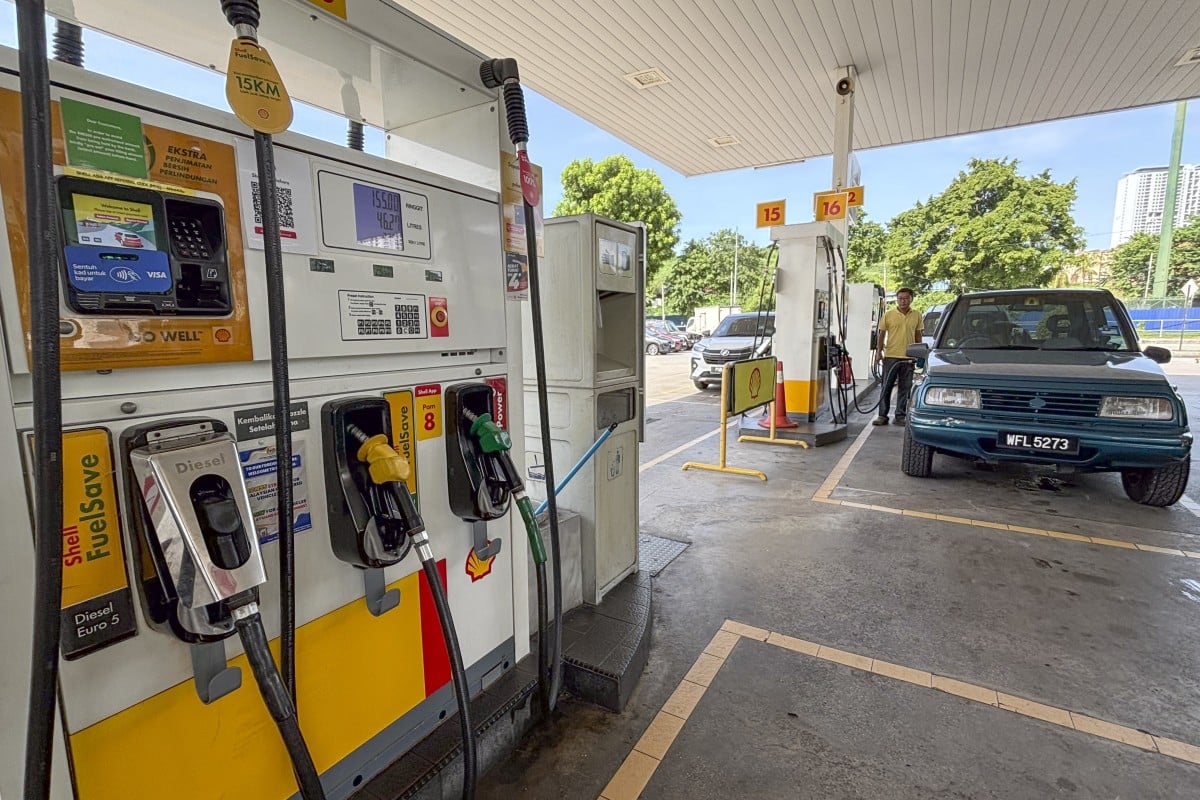US President Donald Trump’s tariff threats have caused no small amount of trouble for the rest of the world, as governments scramble to convince Washington to reduce the levies that have already jammed up global trade and thrown financial planning into a tailspin.
Economists broadly expect global economic growth to take a hit even if Trump decides to drop his “reciprocal” tariffs by the end of the 90-day pause – which expires in early July – given the widespread disruptions that left exporters with growing stockpiles and the trillions of dollars already wiped out from stock markets.
Malaysia is no exception.
In the immediate aftermath of Trump’s “liberation day” announcements on April 2, exporters in some key sectors like furniture reportedly faced requests from US clients to defer shipments for fear of having to pay an extra 24 per cent import tax by the time the goods arrive in America.
Barely a week later, the situation reversed, with US customers front-loading orders to get as many products as possible before the tariff pause lapses.
The rush to fulfil orders is pushing factories to work double-time, which could lead to more hiring to keep up with demand.
But once the 90 days end, these factories may be faced with much fewer orders for the rest of the year – whichever way Trump decides on his tariffs.
Should the US president choose to maintain tariffs, it could push US clients to look to markets where levies are lower.
If he removes them, US businesses will still likely keep orders low, as they have already built up a stockpile to last them the coming year.
This slowdown, if extended, can mean only one thing for Malaysian workers – job cuts.
Cutting subsidies
Unemployment will make it tougher for Malaysia’s government to push through its plan to restructure petrol subsidies by the middle of this year.
Expected to be unveiled soon, the plan could save 8 billion ringgit (US$1.8 billion) annually in public spending by shifting to a targeted system that cuts out the country’s top 15 per cent of earners.
The current system, which provides blanket subsidies for Malaysia’s most widely used fuel, costs the government as much as 20 billion ringgit every year.
This move follows an earlier decision to roll back diesel subsidies – which contributed to a loss in a by-election last year for Prime Minister Anwar Ibrahim’s ruling coalition.
Anwar’s government has said that the subsidy rationalisation is necessary to pull the country out of a 1.5 trillion ringgit debt, partly caused by the multibillion-dollar scandal at state fund 1Malaysia Development Berhad.
But experts have said that unlike diesel, which is mostly used by logistics players who are granted broad exemptions, an increase in petrol prices is likely to trigger a surge in inflation as Malaysians are heavily reliant on private transport.
Malaysia had 36.3 million registered vehicles in 2023, according to the latest available government data, well above the country’s population of 34 million.
Revamping petrol subsidies is likely to send inflation rising to between 2 and 3.5 per cent this year, according to the central bank, up from 1.8 per cent in 2024.
While it may not seem like much of a spike, price increases almost always hit the lowest income earners who have the least capacity to deal with rising costs.
Factory workers mostly fall within this bracket, which could lead to a different calculus for Anwar and his administration – especially with election season just around the corner.
Anwar’s term expires at the end of 2027, but his administration faces a string of key state elections between this year and next. The outcome of those contests will have a bearing on how well he will do when the next national polls come around.
His challenge now is to figure out how to balance the country’s finances without angering his electorate too much.
Because he has to remember, when prices go up, they never come back down.

